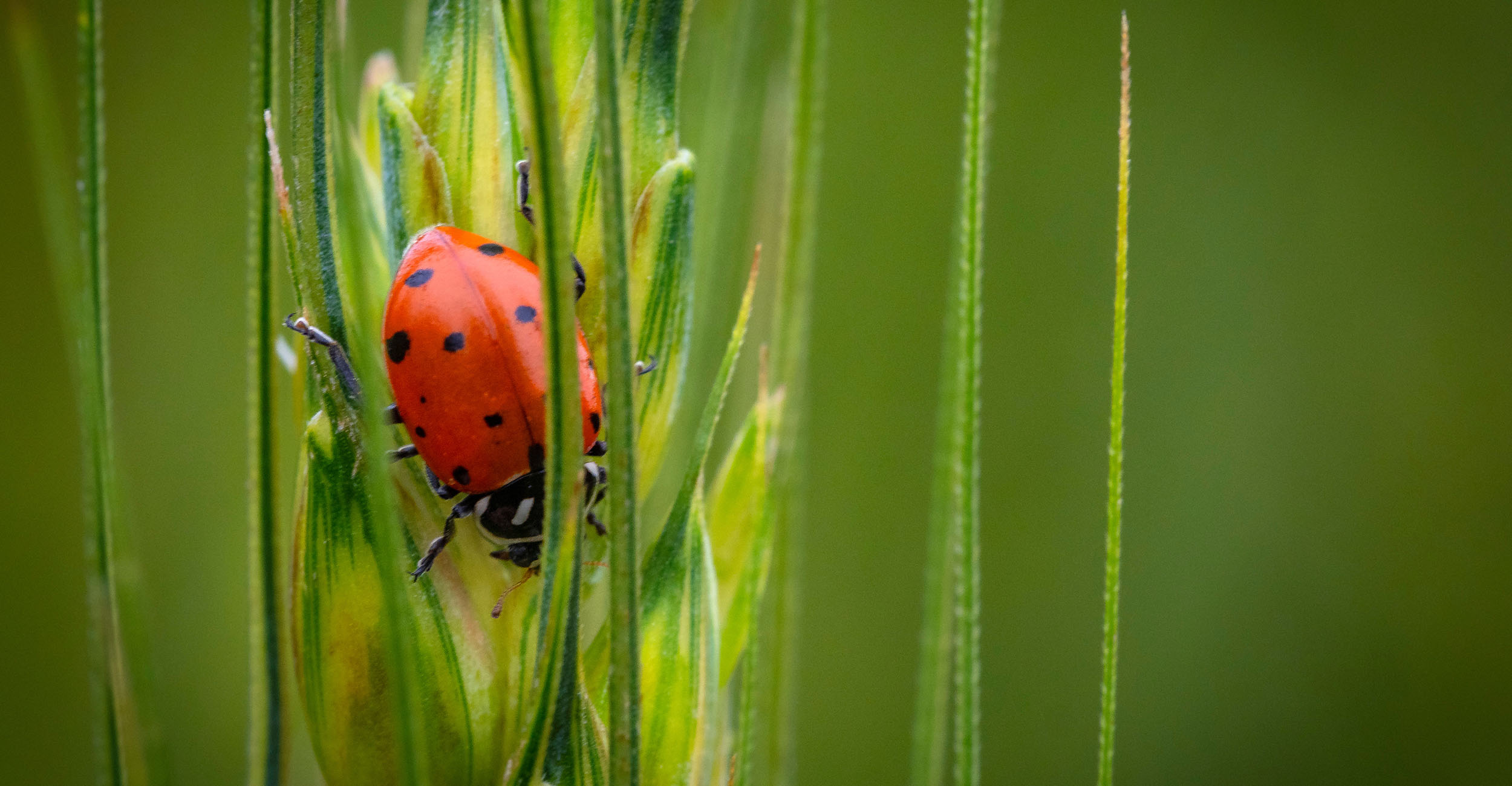
Not all insects are a threat in the garden
Friday, March 4, 2022
Media Contact: Trisha Gedon | Communications Specialist | 405-744-3625 | trisha.gedon@okstate.edu
When gardeners see insects in the garden, they often fear these multi-legged creatures will chew and chomp their way through the landscape and leave a trail of destruction in their wake.
While there are some insects capable of such damage in a garden — including aphids, cutworms and caterpillars — many insects are actually beneficial and are found anywhere from below the soil surface to the tree canopy, said David Hillock, Oklahoma State University Extension consumer horticulturist.
“Gardeners obviously don’t want to offer insects a delicious salad bar, but before applying insecticides at the first sign of insects or arthropods, take the time to find out exactly what insects are calling your garden and landscape home,” Hillock said. “Most of the insects found in the landscape aren’t going to harm your plants. In fact, most of them are predators and serve a variety of important functions in the garden, such as pollinating plants or eating the insects that cause damage.”
Species such as flies, bees, butterflies and moths help gardens grow by pollinating crops. Other beneficial insects are predators, including the easily recognizable lady beetle, also known as a ladybug. Both adult and larval lady beetles feed on small, soft-bodied insects. The well-known red and orange species feed primarily on aphids.
Other predatory insects include the green lacewing, damsel bug, praying mantis, syrphid fly, big-eyed bug, assassin bug, spined soldier bug, paper wasp, cicada killer, minute pirate bug and even some species of spiders.
Parasitic insects are organisms that live and feed in or on a larger host insect and are good to have in the garden. Some of those species include trichogrammatid wasp, tachinid fly and braconid wasp.
“A successful garden and landscape depend on the insect world. Attracting beneficial insects to the garden can help reduce pest pressure, help build healthy soil and improve yields,” Hillock said.
Some great plant options for attracting beneficial insects include carrots, celery, fennel, parsnips, legumes, broccoli and mustard greens. Also consider selections from the aster family, including goldenrod, signet marigold, sunflower, coneflower and zinnias; and selections from the verbena family, including garden favorites, such as verbena and lantana.
What can a gardener do to try to eliminate the insects that cause damage to their plants but still protect the beneficial insects in the garden?
Kevin Shelton, OSU Extension associate specialist and coordinator of OSU’s Pesticide Safety Education Program, said one way to remove those pests from the garden is to pick them off by hand and squash them.
“Hand picking is a viable option to help control detrimental insects,” Shelton said. “While it may be time consuming, it’s a safe way to get rid of the pests while protecting the insects that are good to have around. It really can be satisfying squishing those pests.”
Direct spray or targeted applications is another option as is wrapping the stem of the plant in foil to cut down on insects chewing on the plant. A fine mesh draped around the plants can keep away the pests but also keeps the beneficial insects at bay. Shelton also recommended looking for pests, such as the tomato worm, just as soon as chewed leaves are visible. Treating these pests as soon as possible will reduce plant damage in the future.
When opting for the chemical control route, select products that have little or no residual activity. Although the beneficial insects present at the time of application will be killed, the new ones coming into the garden later won’t be affected.
“If gardeners have the space, a good alternative is to plant a small trap garden. This is a garden where gardeners hope the pests will migrate,” he said. “This hopefully will keep the majority of the bad insects away from your main garden areas. It also makes it easier to treat for those pests in the main garden space.”
Casey Hentges, host of OSU Agriculture’s Oklahoma Gardening, demonstrates how to build an insect hotel in this episode. An insect hotel provides a great place for those beneficial insects to call home.
OSU Extension offers additional gardening and insect/pest information online.
